$1,133 2Q 2024
2.1%
94.0% 2Q 2024
-50 BASIS POINTS
207 [YTD: 286]
312 [YTD: 717]
QUARTERLY DEMAND
QUARTERLY COMPLETIONS
Rental demand in Des Moines has normalized, with a six-month net absorption rate of approximately 286 units. The Dallas County submarket has emerged as a hotspot, accounting for about 154 units of this absorption in the second quarter alone. Looking ahead, our base case scenario anticipates a continued narrowing of the gap between supply and demand, which is expected to bolster occupancy rates and support rent growth as we move into the latter part of 2024.
Des Moines’ development pipeline is contracting, with approximately 2,000 units under construction as of the end of the second quarter of 2024, representing a significant decrease of about 1,000 units from the same period in 2023. As we move into 2025, the pipeline is expected to shrink further due to a sharp decline in multifamily starts. In the first six months of 2024, only about 250 units began construction, a stark contrast to the over 1,400 units initiated during the same period in 2023. As the existing pipeline is exhausted, the dynamics between supply and demand are projected to reverse, potentially driving occupancy rates and rent growth higher in 2025.
As rental demand in Des Moines has stabilized, occupancy rates are showing signs of leveling out. Despite a year-over-year decrease of 30 basis points in the average occupancy rate due to a previous mismatch between delivered and absorbed units, quarter-over-quarter figures suggest that occupancy has reached a baseline at around 94.1%. This rate is anticipated to maintain as the gap between supply and demand continues to narrow, setting the stage for a gradual increase in average occupancy rates starting in 2025.
At the submarket level, occupancy rates have remained healthy across Des Moines, with half of these areas maintaining rates above 95%. However, Dallas County has experienced a 110-basis point drop in its average occupancy rate, now standing at 91.9% as of the second quarter of 2024. This decline is largely attributable to a significant influx of new units—approximately 1,600—over the past year. The outlook for Dallas County over the next four quarters is more optimistic, with only 500 units expected to be completed, suggesting potential stabilization and recovery in its occupancy rate.
In the second quarter of 2024, Des Moines saw a notable 2.1% year-over-year increase in average effective rents for new leases, with rates climbing to $1,133 per month—surpassing the national average increase of 1.0%. The local market is poised for even stronger rental growth as we move into the latter half of the year, with forecasts predicting a 4.2% annual rise in rents by year-end. This expected growth is supported by stabilizing occupancy rates and a diminishing pipeline of new developments.
Submarket analysis reveals varied performance across the area. The highly sought-after Ankeny area of Des Moines reported a significant annual rent increase of around 3.1%. In contrast, Dallas County, Des Moines’ most expensive submarket, experienced a slight contraction, with average rent decreasing by 90 basis points to $1,354, due to an influx of new units over the last four quarters. Overall, six out of Des Moines’ eight submarkets recorded positive rent growth in the second quarter of the year.
Average Monthly Mortgage Payment
Average Monthly Rent
According to Costar, by mid-2024, the total value of individual conventional multifamily transactions in Des Moines had reached approximately $144 million, marking a significant 44% increase from the same period in 2023. This occurred even as the number of transactions held steady at 22 for both periods. Notably, there was also a substantial increase in the number of units involved, with the total for 1H 2024 rising by approximately 500 to reach 1,627 units.
* Trailing 4Q average PPU
* Preliminary Data from RCA – Individual transaction $2.5M +
|
Under 35 Years
|
35 to 44 Years
|
45 to 54 Years
|
55 to 64 Years
|
65 to 74 Years
|
75 to 84 Years
|
85 Years & over
|
|---|---|---|---|---|---|---|
|
2.4%
|
-1.5%
|
-0.2%
|
-0.3%
|
0.7%
|
-0.5%
|
-0.6%
|
The under-35 age group is the fastest-growing renter demographic in the Des Moines metro area, registering a 2.4% increase from 2019 to 2022. This trend indicates a rising demand for rental housing that appeals to a population prioritizing proximity to entertainment venues and employment opportunities.
Des Moines has witnessed significant population growth in recent years, driving robust demand for new developments and rapid lease-up rates. Although a surge in supply initially caused a dip in occupancy, resilient renter demand has likely led to stabilization of occupancy rates in the most recent quarter. With a reduced pipeline of multifamily developments on the horizon, there is potential for increases in occupancy rates across Des Moines in the near future.
Historically, Des Moines’ annual rent growth has lagged behind the national average. However, since the fourth quarter of 2022, the metro has seen its annual rent growth figures exceed the national rate. As of the end of the second quarter of 2024, the market’s annual rental growth rate stands at 2.1%, significantly outstripping the national average of 1.0%. The ongoing slowdown in construction activity is expected to lead to market stabilization, positioning both occupancy rates and rent growth in Des Moines to outperform national averages throughout 2024.
















